Understanding how firewood burns, the technical details
Stage 1: The Evaporation of Moisture – otherwise known as “getting the d@mn thing going”
If you’ve ever tried to burn wet or unseasoned wood in your fireplace you’ll know how very frustrating this stage can be. Gathering crumpled paper, kindling, an armful of smaller branches and some kind of accelerant for starting a fire like starter-bricks or firelighters ( and NEVER a can of gasoline or diesel – seriously, ) you strike a match (or probably more like 5 or 10 if we’re honest!) and off she goes! Unfortunately that initial burst of petroleum induced flames usually moves into the “there’s no smoke without fire” stage where we cross fingers, blow at it until we’re cross-eyed and hope desperately that it’s going to catch light – fiddling constantly with chimney dampers and air inlets because let’s face it – did we actually read those stove instructions? Really?? (Ok, it’s just me.)
Anyhow, if all goes well, we get as far as the moisture evaporation stage of wood combustion, where instead of producing heat, heat is absorbed as water trapped inside of the wood is turned into steam and removed from the wood by being boiled off. Most frequently the observant pyromaniacs amongst us will have noticed this phenomenon happening on the smaller branch ends where the water just under the bark boils off and drips steaming into the hearth. To be technical, this first stage of wood combustion relies on getting the wood temperature up to 212 degrees Fahrenheit as the water in the wood begins to boil, then evaporates. As we explained in our Guide on efficient heating of swimming pools, evaporation takes a lot of energy - which goes against the grain where burning wood for heat goes, so first rule of wood burning in stoves or fireplaces is; Burn Dry Wood! Maximum moisture content should be considered around the 15-20% range, so when choosing firewood, make the humidity a consideration as well as what type of wood.
Unlike the moisture in soggy or unseasoned logs, volatile gases are combustible. They burn and release heat, which is what we’re aiming for unless we’ve a few salmon dangling high in the chimney or you’re firing up the smoker. So, as the wood surface temperature rises above 212° F to about 450° F, gases abundant in creosote are released: carbon dioxide, carbon monoxide and acetic and formic acids. However, as these gases generated in the first stage of combustion don’t ignite until all the moisture evaporates and the kindling temperature is hot enough to spark them, this leads to raised levels of the kind of emissions we don’t really want to shoot up the chimney and gas passing birds with. We said it before, but we’re going to say it again – first rule of wood burning? Burn Dry Wood! (Oh, and the right wood for maximum heat output too, if you want to get toasty.)
Once this process of evaporation of excess moisture is complete and the temperature in our stove or fireplace increases, it leads to wood combustion Stage 2.
Stage 2: The Vaporization of Hydrocarbon Compounds, “Primary Combustion” or the “Yeah, I think it’s lit” stage
In Stage 2 of the combustion of wood we still aren’t into the heat producing phase (maybe a tiny bit) but we are getting close! At this point, we are over five hundred degrees and temperatures are on the rise. The chemical structure of the wood starts to break down and the process of pyrolysis begins. Pyrolysis “liberates organic gases and leaves carbon rich charcoal”. This process also creates a mixture of hydrocarbons in the form of liquid tar droplets and combustibles gases and digging into this part is very complex. At this point we have hydrocarbon vapors, carbon monoxide, methane, water vapor, carbon dioxide, and a nice mix of other vapors. This is an important turning point for wood stove or fireplace efficiency as the temperatures continue to rise.
After moisture is driven from the wood and the heat raises the temperature of the wood above 540° F, the second stage of combustion takes place. This is the heat-producing stage. It occurs at two different temperature levels: primary and secondary combustion.
Primary Combustion:
The process by which gases are released from wood and burned is called primary combustion. Primary combustion begins at about 540° F, continues toward 900° F and results in the release of a large amount of energy. Primary combustion also releases large amounts of unburned combustible gases, including methane and methanol as well as more acid, water vapor and carbon dioxides – which are the potential “yuck” end of the equation.
Secondary Combustion:
Time to concentrate folks, these gases, called secondary gases, contain up to 60 percent of the potential heat in the wood, so their efficient and optimized combustion is really important to achieve high overall combustion efficiency in a woodburning stove or fireplace. The secondary gases are not burned near the wood because of the lack of oxygen (oxygen is being consumed by primary combustion) or insufficient temperature.
The conditions needed to burn secondary gases are sufficient oxygen and temperatures of at least 1100° F. The air supply is a critical element in the combustion process here – which is why high efficiency wood burner, fireplace or wood stove maintenance is essential as air-leaks from poorly fitted or compressed door seals prevent accurate air control. Put simply, too little air will not support secondary gas combustion and too much will cool the temperature to a point where this secondary combustion cannot occur.
Remember that air is about 80 percent inert gas and, when introduced into a wood stove, is well below the 1100° F needed to sustain secondary combustion. The more air that mixes with the secondary gases, the greater the quantity of heat absorbed by the nitrogen, and the lower the temperature of the secondary gas-air mixture.
Secondary combustion can and does occur in high efficiency wood burning stoves and fireplaces that are designed to meet or exceed the EPA’s requirements for clean air, but only if the stove is used with correctly dried & seasoned wood, operated in a manner consistent with its design and is connected to a properly functioning and clean chimney pipe or stack.
Many people do not realize that the chimney is the engine that drives the stove (or fireplace) and that if the chimney or stove pipe is not correctly specified and built (sized correctly, have adequate height, or does not hold enough heat) then the draft will be inadequate and the best stove in the world will be a disappointment at best, and possibly even a danger at worst. Incomplete combustion is wasteful and stops the process at carbon monoxide production, which is suboptimal especially if the chimney isn't drawing sufficiently and may backfeed CO into the house. Again, balance is everything in wood combustion, heat and oxygen in harmony to create optimal burning efficiency!
Stage 3: Gas Vapor Ignition & Combustion – the "afterburner" effect of secondary combustion
Now that we have all these flammable gases being produced, for maximum efficiency from burning wood and minimal pollution, what they need now is the achievement and retention of minimum threshold temperature for gas vapor combustion to occur. We must assume that all the components of what’s called “the fire triangle” are present during this process. The NFI states that between 540 degrees and 1,225 degrees is where we finally have full combustion!

In this combustion cycle, Carbon is the first to react with oxygen, producing potentially deadly carbon monoxide, though interestingly enough, more than half of the heat produced from the fire at this point is from burning gaseous hydrocarbons and carbon monoxide itself. For combustion to continue the temperature should remain typically over 1,100 degrees but can reach 2,000 degrees! Ironically enough, at this stage of combustion, our old friend water is produced too as Hydrogen and oxygen molecules combine with consequently large amounts of water vapor found in the flue gases. Therefore it’s so important for the potential for flue condensation to be minimized and for stove pipe materials to be rustproof and corrosion resistant for long life.
Stage 4: Char Burning – the cozy warm glow from embers - perfect for smores!
This is the last stage of combustion, as the first three processes have left carbon in the charcoal as the only remaining combustible material. For this to keep burning, a temperature above 950 degrees is needed to burn this carbon-rich charcoal but it can burn with little or no flame at all. When you notice the sound and heat of the embers glowing at the tail end of a fire, it’s actually the carbon burning in the charcoal which is the basis of traditional steel smelting and production!
To summarize the stages of combustion; the woodburning process is complex as different logs are in different stages during a fire burning, the bottom line being that having selected the right wood, you then need to accurately control the burn temperature and oxygen level to optimize the combustion process.
This means that choosing the right wood burning stove or fireplace is essential (read more here), as is choosing the right type of wood for burning (read more here) - both pages from the EcoHome Green Building Guides section
Alternatively, if consistent and dependable heat is the primary deciding factor, consider choosing a high efficiency and electricity free wood pellet stove for maximum heat output and minimum environmental impact, see here



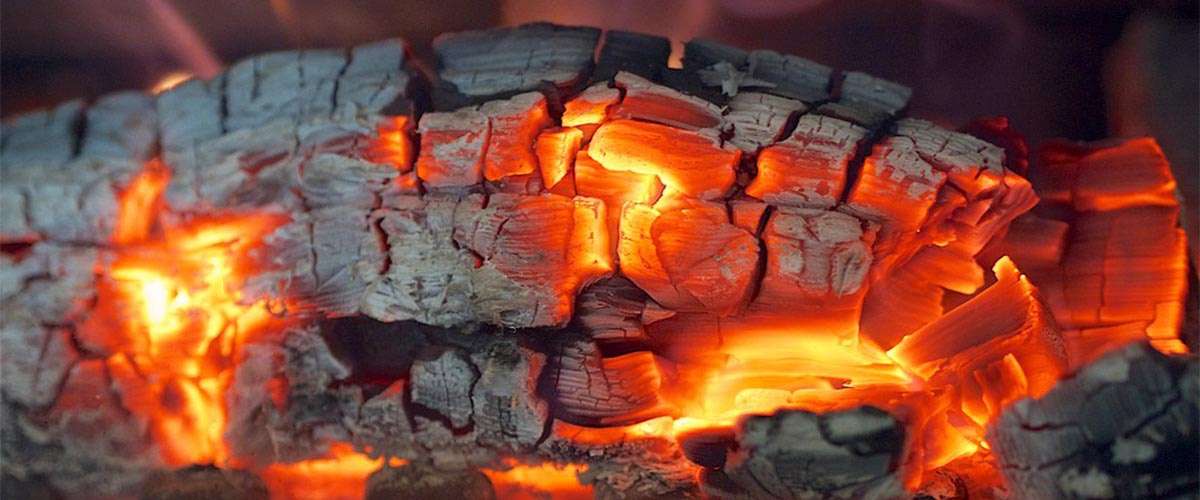













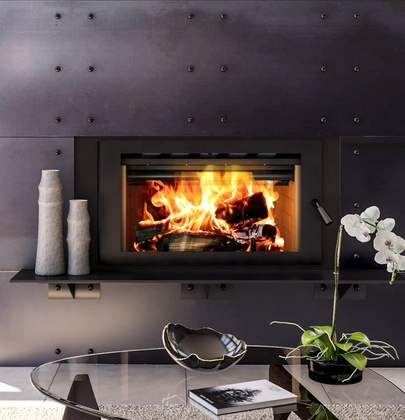

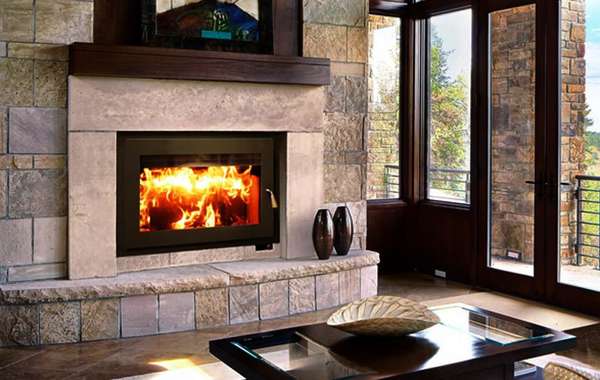
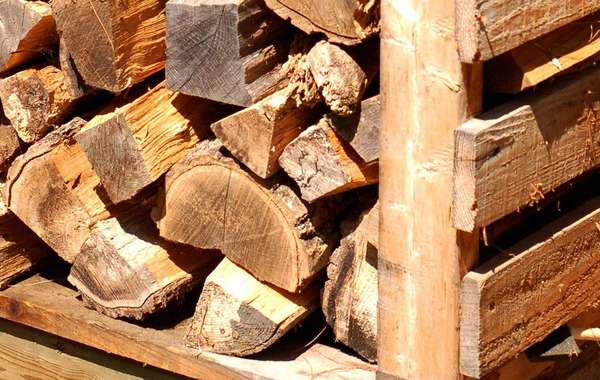
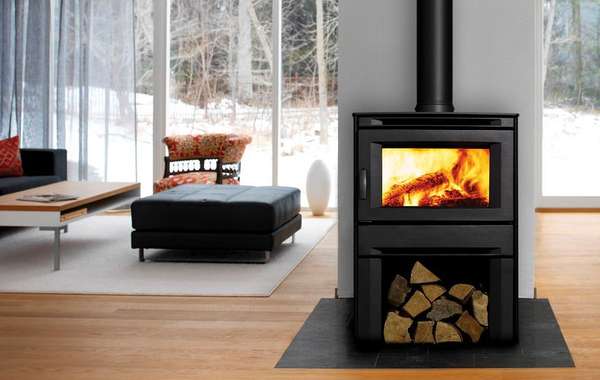
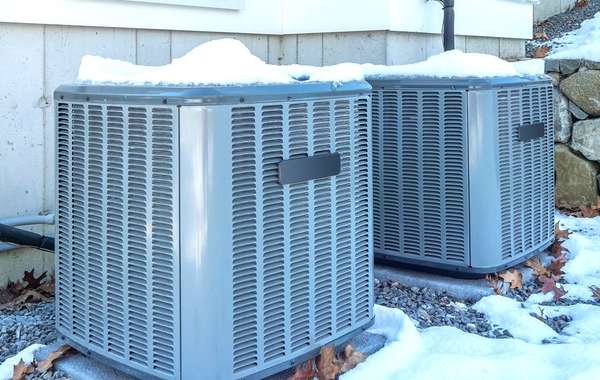
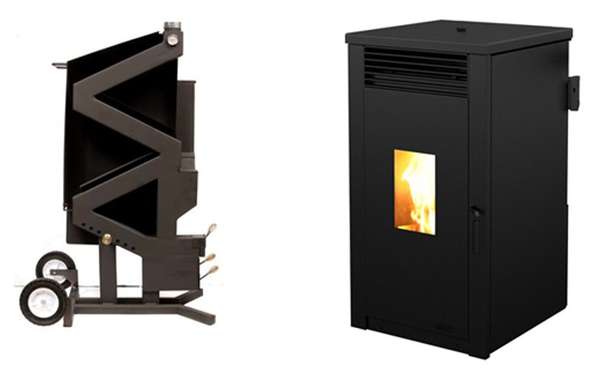
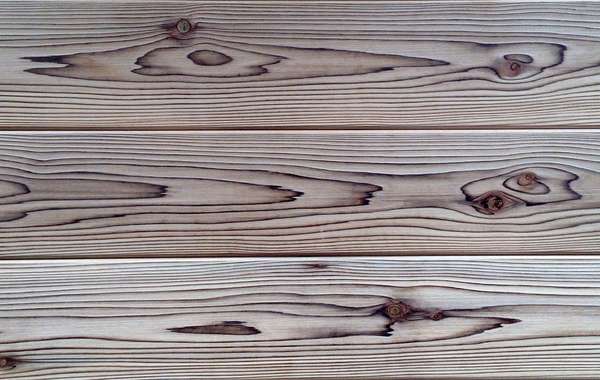
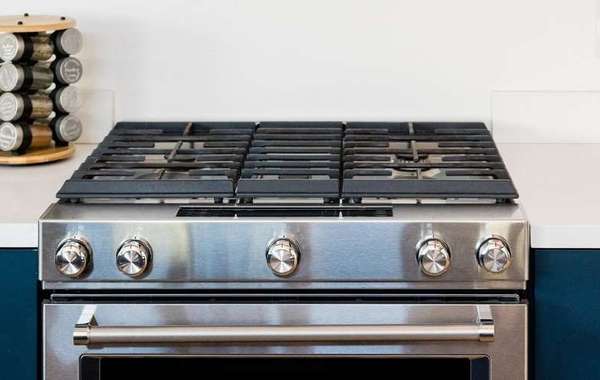
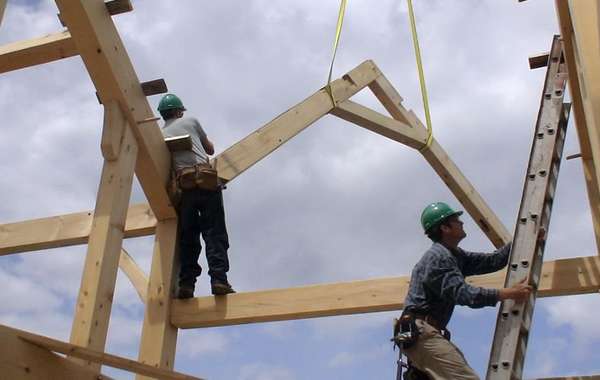

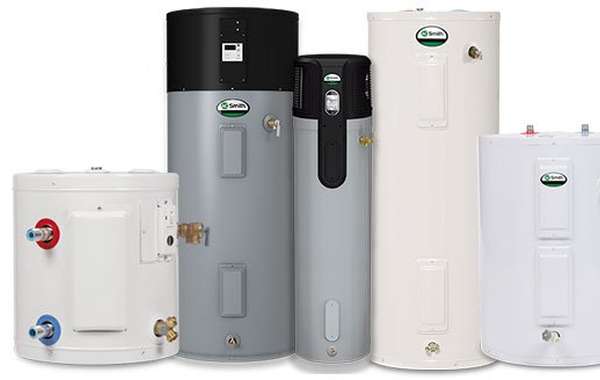

Comments (0)
Sign Up to Comment